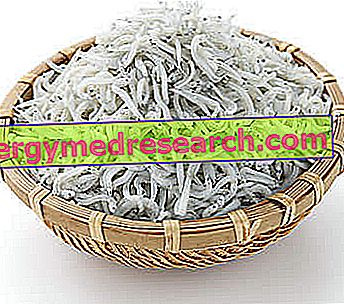
Scientific name
Anthemis nobilis L.Family
Asteraceae (Compositae)Origin
EuropeSynonyms
Roman chamomile
Used Parts
Drug consisting of dried flowersChemical constituents
- Essential oil;
- Polyphenols;
- Bitter substances (germanocranolides);
- Phytosterols.
Roman Chamomile in Herbal Medicine: Properties of Roman Chamomile
Roman chamomile should not be confused with common chamomile, given its quite different properties.
Roman chamomile is attributed with aperitif and digestive properties. The flower of the Roman chamomile ( Official Pharmacopoeia ), in fact, is used in infusions to be taken half an hour before meals in case of chronic gastritis with atony and postprandial heaviness.
Extracts of Roman chamomile are also used in cosmetic products dedicated to the treatment of delicate and sensitive skin.
Biological activity
As mentioned, Roman chamomile has bitter-tonic, stomachic, antispasmodic and anti-inflammatory properties.
The bitter-tonic and stomachic activities are attributable to the bitter substances contained in the same plant; while the antispasmodic and anti-inflammatory activities are attributable to the polyphenols.
Furthermore, the essential oil obtained from the Roman chamomile flower heads has antibacterial and antifungal properties, exercised above all against Gram-positive bacteria and against dermatomiceti.
Moreover, Roman chamomile is also able to act at the level of the central nervous system by inducing sedation. Indeed, some studies have shown that the use of this plant is able to reduce aggressive behavior in animals.
However, despite this, the use of Roman chamomile has not obtained official approval for any kind of therapeutic indication.
Roman chamomile in folk medicine and homeopathy
In folk medicine, Roman chamomile is used for the treatment of spasms and gastrointestinal swelling, a feeling of fullness, menstrual disorders and states of agitation.
In addition, traditional medicine uses Roman chamomile as an external remedy for inflammation of the oral cavity and throat, toothache, earache, headache and rhinitis.
Roman chamomile is also widely used in the homeopathic field, where it can be found in the form of granules and mother tincture.
Homeopathic medicine uses this plant in case of digestive disorders, epigastric swelling, belching, flatulence and nervous asthma.
The amount of homeopathic remedy to be taken can vary from individual to individual, also depending on the type of disorder that needs to be treated and depending on the type of preparation and homeopathic dilution that you intend to use.
Contraindications
Do not use the Roman chamomile extracts in case of acute gastritis and peptic ulcer or in case of ascertained hypersensitivity towards one or more components.
Furthermore, the use of Roman chamomile is also contraindicated in pregnancy.
Pharmacological Interactions
- bitter;
- NSAIDs;
- potentially gastrolesive drugs.



